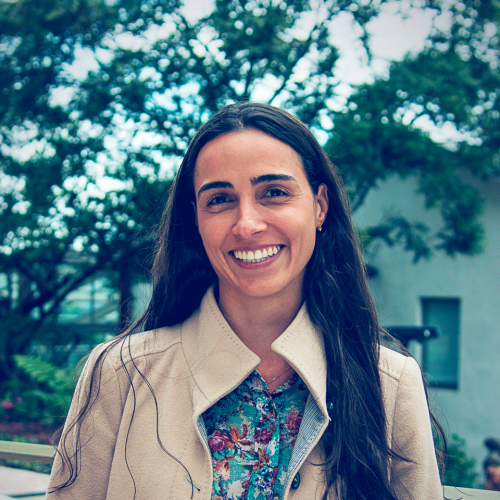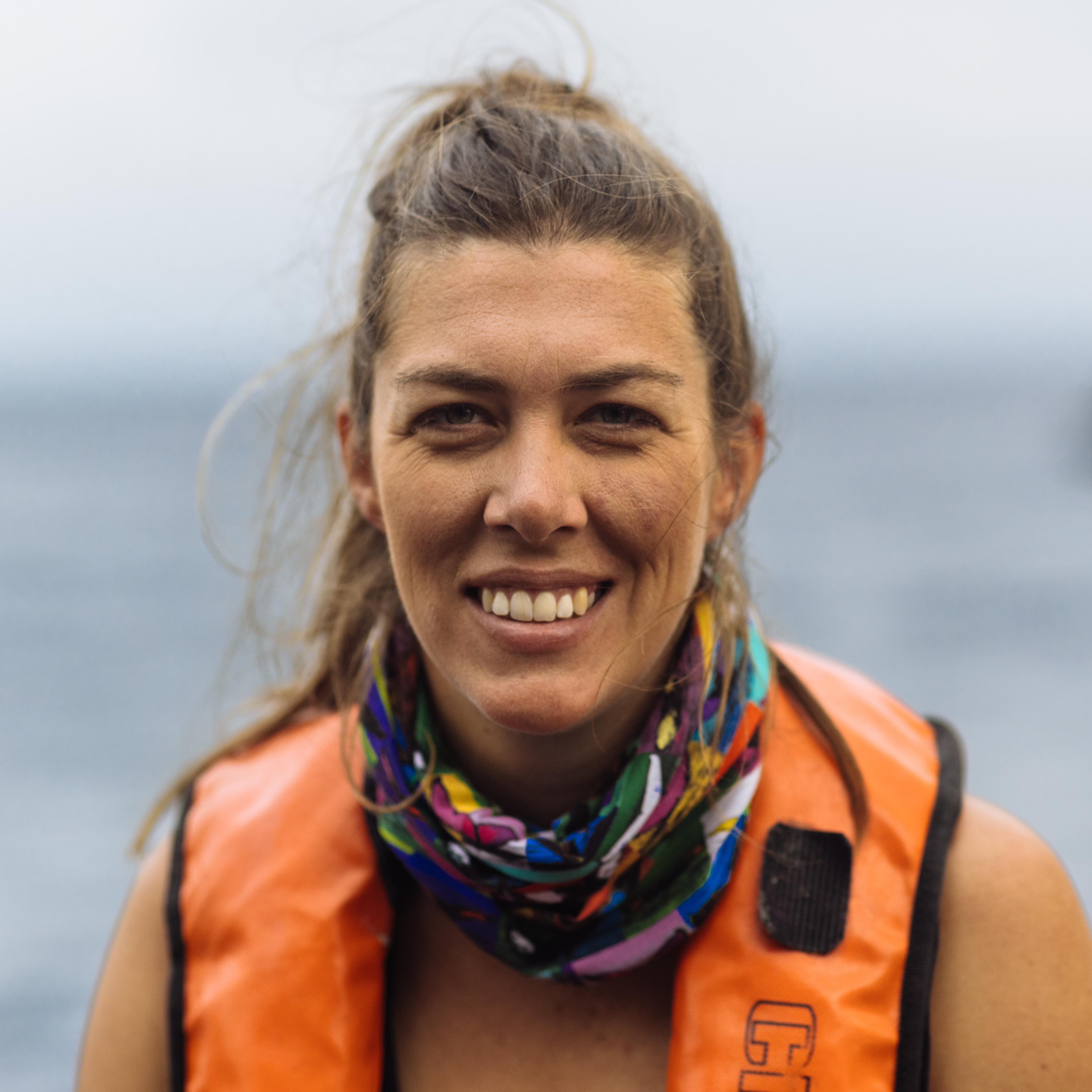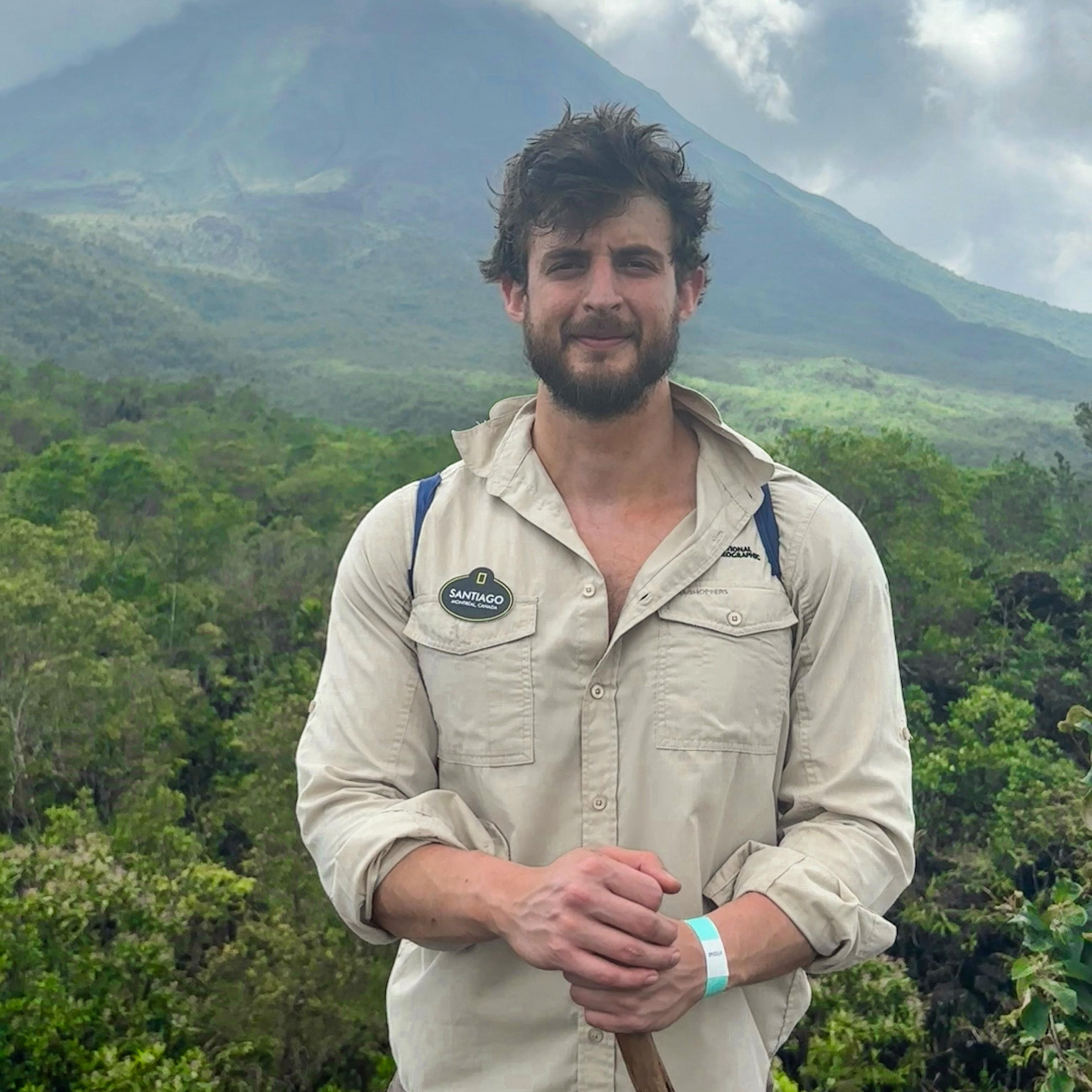About This Project
The Caribe Mexicano MPA, home to 50% of the western hemisphere's largest barrier reef, has faced massive Sargassum seaweed influxes for over a decade, causing economic, health, and ecological issues. Our project seeks to foster resilience and empower local youth to address the Sargassum challenge by building their capacity in innovative drone seaweed monitoring and problem-solving through the introduction of school modules focused on Biodesign and seaweed valorization.
Ask the Scientists
Join The DiscussionWhat is the context of this research?
Sargassum is a seaweed native to the Atlantic Ocean, which naturally provides shelter and feeding grounds for many species. However, since 2011, unprecedented amounts of Sargassum seaweed have washed up on the shores of many countries, with larger amounts expected due to climate change. These massive Sargassum landings (MSL) are causing unforeseen climatic, health, ecological, and economic problems.
In Mexico, MSL negatively impacts living standards because it is detrimental to tourism and fishing. MSL also negatively affects the Gran Caribe MPA, with documented impacts on coastal birds, marine megafauna, and coral reef ecosystems. Since coastal communities depend heavily on Sargassum-impacted sectors and healthy ecosystems for food security, household income, and livelihoods, Sargassum control has become a critical concern.
What is the significance of this project?
There is currently no system in place to guide and support effective and safe Sargassum management by local communities. Furthermore, the lack of (i) effective local scale monitoring programs, (ii) community awareness of the impacts and origins of the seaweed, and (iii) understanding of Sargassum valorization pathways challenges the creation of a cohesive Sargassum management framework that supports locally-led circular economy models based on Sargassum that elevate local leadership in support of livelihoods, gender justice, and ecosystem health. The proposed project addresses these 3 points by focusing on capacity building in young conservation champions and providing them with the necessary tools to better prepare for MSL and better understand its local impacts. It is critical to have data on local impacts but, most importantly, to have resilient communities to MSL and other climate change-associated challenges.
What are the goals of the project?
Our goal is to reduce the negative impacts associated with massive Sargassum Landings in Mahahual through capacity-building in youth conservation champions. To do this, we will implement a year-long educational methodology that local school directors have allowed us to test. The educational program is focused on the biodesign methodology and will be adapted specifically for coastal communities facing MSL for the first time. Youth will learn hands-on methods and skills throughout the program to support ecosystem conservation, seaweed monitoring, sargassum transformation and valorization, and stakeholder mapping. The final goal of the implementation of this program is for youth to use all of these skills to come up with concrete solutions to address MSL in their community and the MPA. We will analyze all of the data collected through the program regarding Sargassum in Mahahual and evaluate the educational benefits to participants.
Budget
The proposed project is part of a larger project focusing on working with academic institutions and Marine Protected Areas in Mexico to better monitor and predict Sargassum influx into the coast. The government of Canada currently funds this project under the NFRF call. The goal is to predict sargassum landings with enough precision so teams can coordinate locally for prompt clean-up and reduce negative impacts associated with its decomposition. The budget requested here specifically covers an educational component (And the materials requested to make it happen) that arose after working with Local leaders in the community. Transportation expenses in the team will include only flights and safe land transportation (buses and taxis- NO private transport rental)
Endorsed by
 Project Timeline
Project Timeline
We start in March 2025 by training local teachers and leaders in biodesign and drone monitoring. The training takes one month and is followed by the co-creation of Sargassum material and monitoring missions for classrooms (April- August 2025). The implementation of the course spans from August 2025 to May 2026. Students will finish the course by proposing a potential solution to the Sargassum issue that will be submitted to the international biodesign challenge.
Feb 10, 2025
The local teacher and community biodesing training program is launched (February 10 to April 18).
Mar 14, 2025
Project Launched
Apr 25, 2025
The research team travels to Mahahual to finalize training with an in-person, week-long monitoring, and a Sargassum biology workshop. (April 25 to May 2)
Jun 02, 2025
Local Leader team unites to incorporate their ideas and thoughts into the Sargassum education proposal. The Educational Co-creation team is established (June to July)
Aug 04, 2025
We start a week-long intensive course with teachers and local leaders on co-creation methodologies and didactic pedagogical approaches to conservation.
Meet the Team
Affiliates
Santiago Ramirez Said
I am a Colombian and Lebanese biologist, storyteller, and educator who works on interdisciplinary initiatives to address socio-environmental challenges such as climate change, biodiversity loss, massive Sargassum landings, deforestation, and the refugee crisis. I have been a National Geographic Explorer since 2021, working on projects that involve (1) implementing photography and storytelling workshops for Indigenous Youth in Panama, (2) educational and technological co-design with coastal communities to re-purpose Sargassum seaweed in Colombia and Puerto Rico, and (2) leading drone and storytelling workshops for park rangers and youth conservation groups in Peru towards the conservation of the critically endangered yellow-tailed woolly monkey.
Currently, I work on a fascinating international collaboration between the University of Victoria (Canada), the University of Miami (U.S.), the University of Sao Paulo (Brazil), and the UNAM University (Mexico). Our project is an NFRF- and FAPESP-funded project on the Atlantic Coasts of Mexico and Brazil. This project seeks to develop holistic AI monitoring algorithms for Sargassum seaweed, train local community collaborators in drone monitoring and remote sensing interpretation, better understand the health impacts of decomposing Sargassum on humans, explore the most cost-effective ways for communities to transform the seaweed into products of economic importance, and co-design challenge-based educational methodologies with local partners to increase local knowledge on Sargassum, its origin, and ways to mitigate its impacts.
Project Backers
- 2Backers
- 100%Funded
- $5,501Total Donations
- $2,750.50Average Donation



